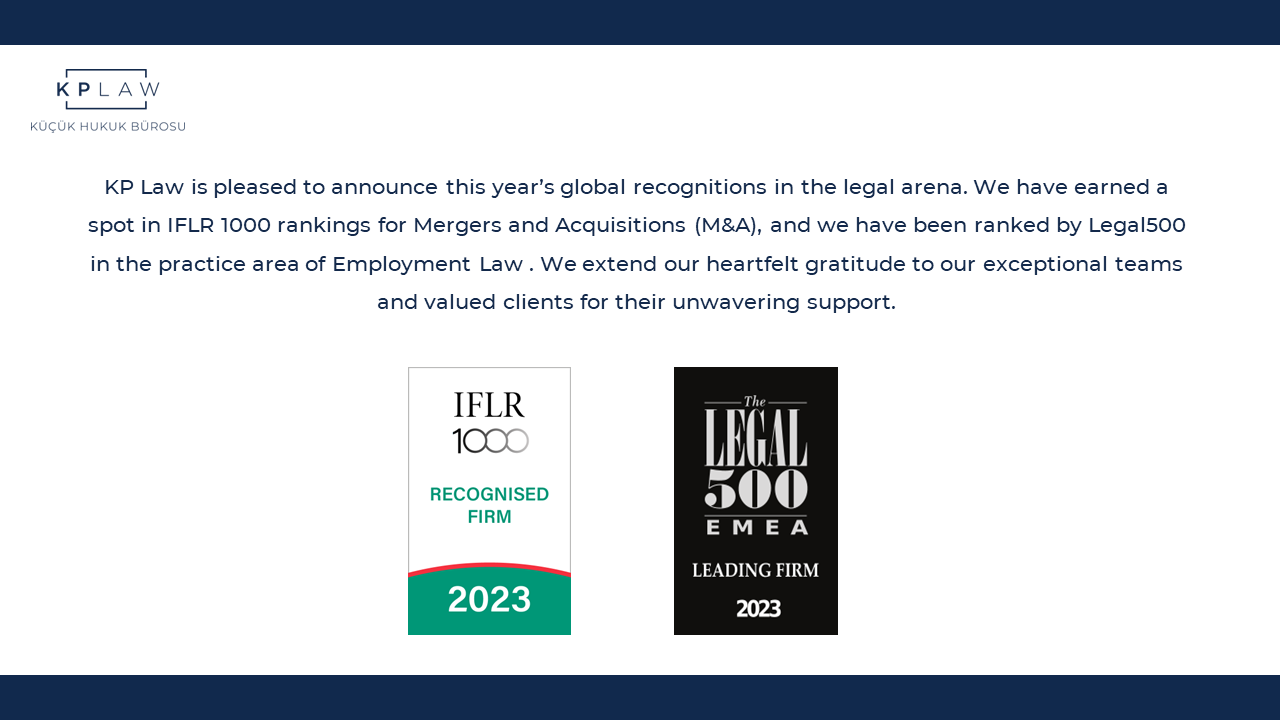News & Insights
Navigating Copyright Infringement Challenges: A Case Study of Triumph Against Copyright Trolls
In today's dynamic business environment, the issue of copyright trolls has garnered attention, raising concerns for enterprises. These entities employ copyright laws as a tool, often pressuring alleged infringers to settle financially. This article delves into a real-life case involving Nackiye, a distinguished high-end fashion company, which adeptly maneuvered through a copyright infringement ordeal orchestrated by a prominent copyright troll.
Understanding Copyright Trolls in Fashion
In the intricate landscape of fabric design, copyright trolls emerge as entities that assert copyright claims over fabric patterns or designs, posing a challenge to creativity and innovation. Within the realm of fashion, these individuals or entities seek to capitalize on ownership or licensing rights to specific fabric designs. Their tactics involve aggressive legal action against those suspected of infringing on their copyrighted designs, regardless of intent or scale.
Challenges Posed by Copyright Trolls
The impact of copyright trolls in the fashion domain is notably significant. Smaller businesses and independent designers often lack the resources to counter legal challenges, making them susceptible to onerous settlements or potential bankruptcy. Leveraging adept legal teams, copyright trolls skillfully use threats of litigation to coerce settlements, frequently avoiding courtrooms while employing filings as pressure tactics. This strategic manipulation leverages the alleged infringers' unfamiliarity with such tactics.
The Nackiye Experience: A Blueprint for Success
The narrative of Nackiye serves as a case study in overcoming copyright infringement claims wielded by trolls. In the midst of a legal labyrinth, Nackiye received a cease and desist letter, alleging copyright infringement. The situation escalated as a formal complaint was filed by Star Fabrics against Neiman Marcus, with Nackiye implicated as an alleged infringer.
Within the framework of copyright law, fabric designs fall under "pictorial, graphic, or sculptural works." For Nackiye, accused of copyright infringement for its fabric design, the troll needed to establish its valid copyright and that Nackiye's use of the design constituted infringement. Nackiye's defense revolved around a fabric print purchased from a renowned global fabric manufacturer. The task was to prove both the legitimacy of the copyright source and the right to employ the manufacturer's design.
Key Strategies for Triumph
The Nackiye case outlines a strategic approach to triumphing over copyright infringement claims, particularly when confronted by trolls. Guiding principles emerged for fashion entities entangled in similar scenarios:
1. Collaborative Synergy: Facing grave allegations necessitates collaboration. Forming a united front involving all stakeholders is paramount to construct an effective defense. A comprehensive review of contracts, specifically focusing on intellectual property (IP) and indemnity provisions, strengthens the position. Despite lacking an IP indemnification clause, Nackiye’s counsel was able to further forge an alliance with the manufacturer, which proved instrumental in marshaling evidence and vindicating the manufacturer’s ownership rights and Nackiye’s rights to use the design.
2. Solid Defense: Central to victory is the meticulous collection of evidence showcasing the origin and creation of the disputed design. Here are a few key types of evidence that support your copyright ownership claim:
• Date of Creation: Dated sketches, emails, or documents establish the design's inception date and bolster ownership.
• Digital Files: Original digital files with timestamps and metadata validate creation dates for digital designs.
• Correspondence: Emails discussing design concept, creation, or ownership demonstrate your involvement.
• Publication Records: Records of public showcases prove design authorship and creation timing. This can be in the form of social media posts.
• Copyright Office Registration: While optional, registration provides compelling proof of ownership.
• Contracts and Agreements: Agreements confirm your connection to the design and intent to control its use.
Remember, the diversity and comprehensiveness of your evidence strengthen your copyright ownership case. If your ownership is challenged, consult an intellectual property attorney for guidance on presenting evidence effectively and safeguarding your rights.
3. Anticipate Resolution: Acknowledging the high likelihood of settlement in copyright infringement claims with trolls is key. The resolution of these matters often hinges on the ability to demonstrate ownership of the copyright, necessitating astute negotiation skills.
Remarkably, the Nackiye case diverged from the norm. The company achieved victory without bearing the financial burden often associated with such battles. This resolution shielded Nackiye from financial strain while preserving their reputation and business operations.
Culmination: A Proactive Stance against Copyright Trolls
This successful resolution underscores the importance of a proactive and united front when confronting copyright trolls. The combination of a cohesive team, meticulously constructing a sturdy defense, and engaging in strategic negotiations led to Nackiye's triumph. Beyond the specifics of this case, it serves as a reminder in ensuring ownership or copyrights and obtaining licenses to use such copyrights. The Nackiye saga becomes a valuable lesson for businesses grappling with analogous challenges in the landscape of copyright use and protection.

